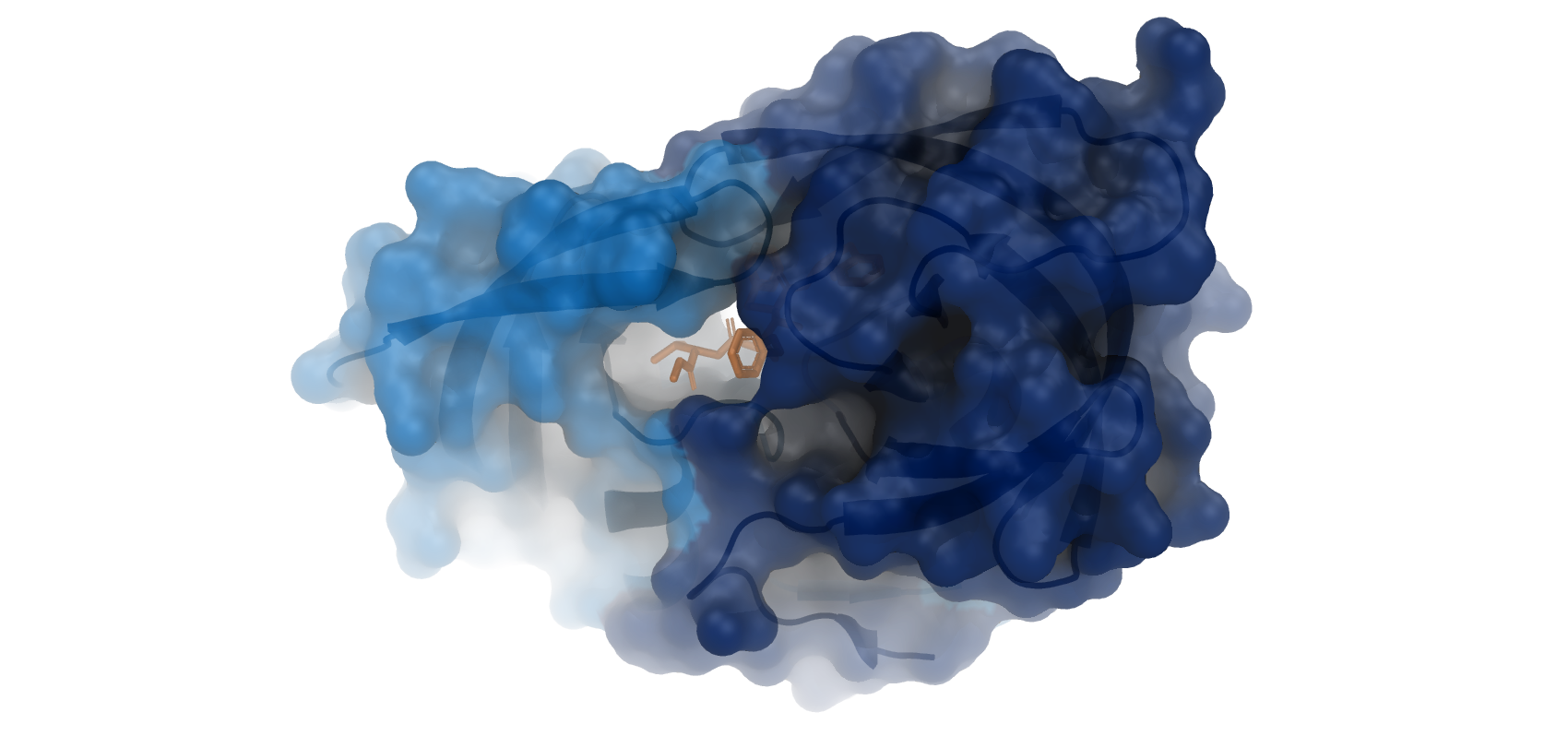Proteases are enzymes with the unique ability to break up long peptide chains into smaller subunits. They are classified according to their primary catalytic residue, yet numerous subcategories exist. This group of proteins is ubiquitous, appearing in bacteria, viruses, other infectious entities, and even in humans. For instance, the protease (PR) of the human immunodeficiency virus (HIV) is essential for generating new polyproteins (Gag and Gag-Pol). The cleavage and subsequent assembly of these proteins into their mature forms contribute to establishing the framework of the mature virion.
Inhibiting the function of HIVPR has proven to be a viable tactic in preventing the formation of new virions, thereby halting the infection propagated by the virus. This case study delves into the effectiveness of screening tools in identifying potential inhibitors and opens up the exploration of new chemical series characterized by varied chemistry.

This website uses cookies to improve your experience. We'll assume you're ok with this, but you can opt-out if you wish. Privacy & Cookies policy